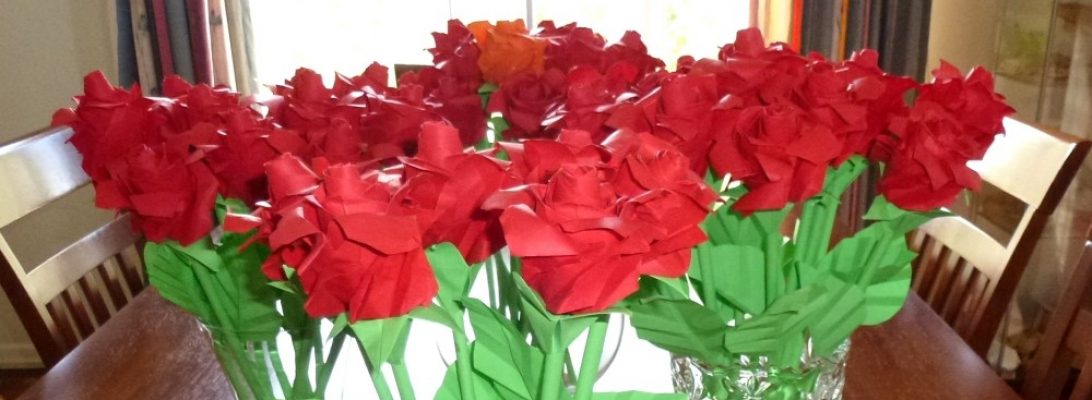At any moment, I have a half-dozen Tanteidan magazines, from my subscription to the Japanese Origami Society, on my chair-side table yet to be filed:

Flicking through them, it is impossible not to be intrigued by the challenges, fold tidbits, crease patterns and full diagram sequences.
Sadly, I contrast it to British Origami Society Magazine – I used to subscribe but let that membership lapse when I got to the situation that I folded nothing from them for 4 issues in a row.

These models are modular “cubes” designed by Jun Maekawa – delicious geometric puzzles with radically different design methodologies. The “Cat Ear” cube is a 6-module cube that is related to the “Business Card” cube I have made into a huge Menger sponge.

Paper friction and tabs and pockets offer structural strength, properly interleaving the tabs make it a really stable piece of geometry.
The “Zig Zag” cube is different – it uses 2 pieces of paper total – each “half” of the cube is folded complete (internal and external surfaces) from a sheet of Duo paper. Ingenious in design, fiendish the first time you try to link the 2 halves, delightful together and apart.

I love these little gadgets – every Tanteidan has at least 2, I have barely scratched the surface of them.

















